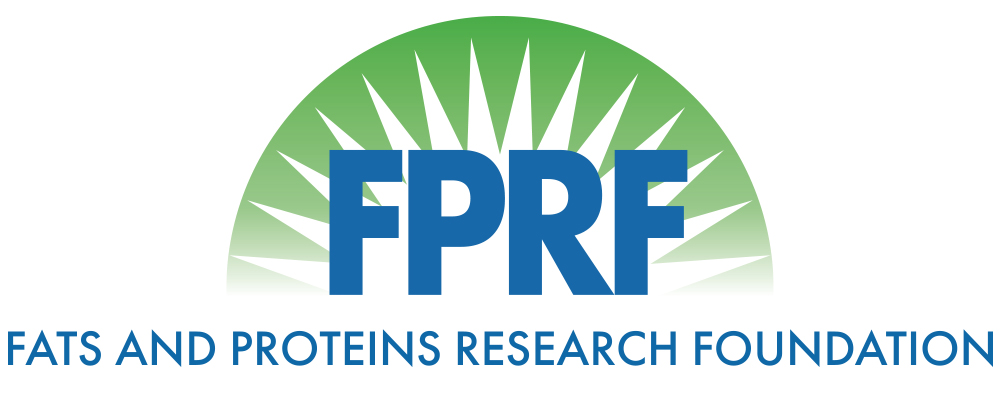Feather Meal and Meat and Bone Meal in Aquaculture Feeds and Production Strategies for the Culture of Nile tilapia in Egypt
Title: Feather Meal and Meat and Bone Meal in Aquaculture Feeds and Production Strategies for the Culture of Nile tilapia in Egypt
Principle Investigator: Ehab El-Haroun
Year: 2008
Scientific Abstract:
The results of this study highlight the importance of meat and bone meal (MBM) as a source of P in comparison with mono-sodium phosphate (MSP) in fish diets. In general, the bioavailability of P in MBM was relatively high, averaging 124% of the bioavailability of P in MSP. These results suggest that MBM could be used as a P source for tilapia diets to avoid negative environmental impact. This study also showed that feather meal have a good potential for use in Nile tilapia diets at high levels of incorporation. The optimal inclusion rate of FEM to substitute FM and soybean meal are 33 and 66% respectively. The results also indicate that P concentration in the green water under the hapa-in-pond system is not enough to meet the nutritional requirements of tilapia broodstock. The optimum requirement for tilapia broodstock was estimated by polynomial (second-order) regression model to be 0.70%. The results of this research indicate that high levels of meat and bone meal can be used in fish meal diets invigorated with lysine for Nile tilapia Oreochromis niloticus, provided that the diets are supplemented with L-tryptophan. Tryptophan seems to be the limiting amino acid in meat and bone meal diet enriched with lysine formulated to meet the lysine requirement of Nile tilapia.
Publications::
